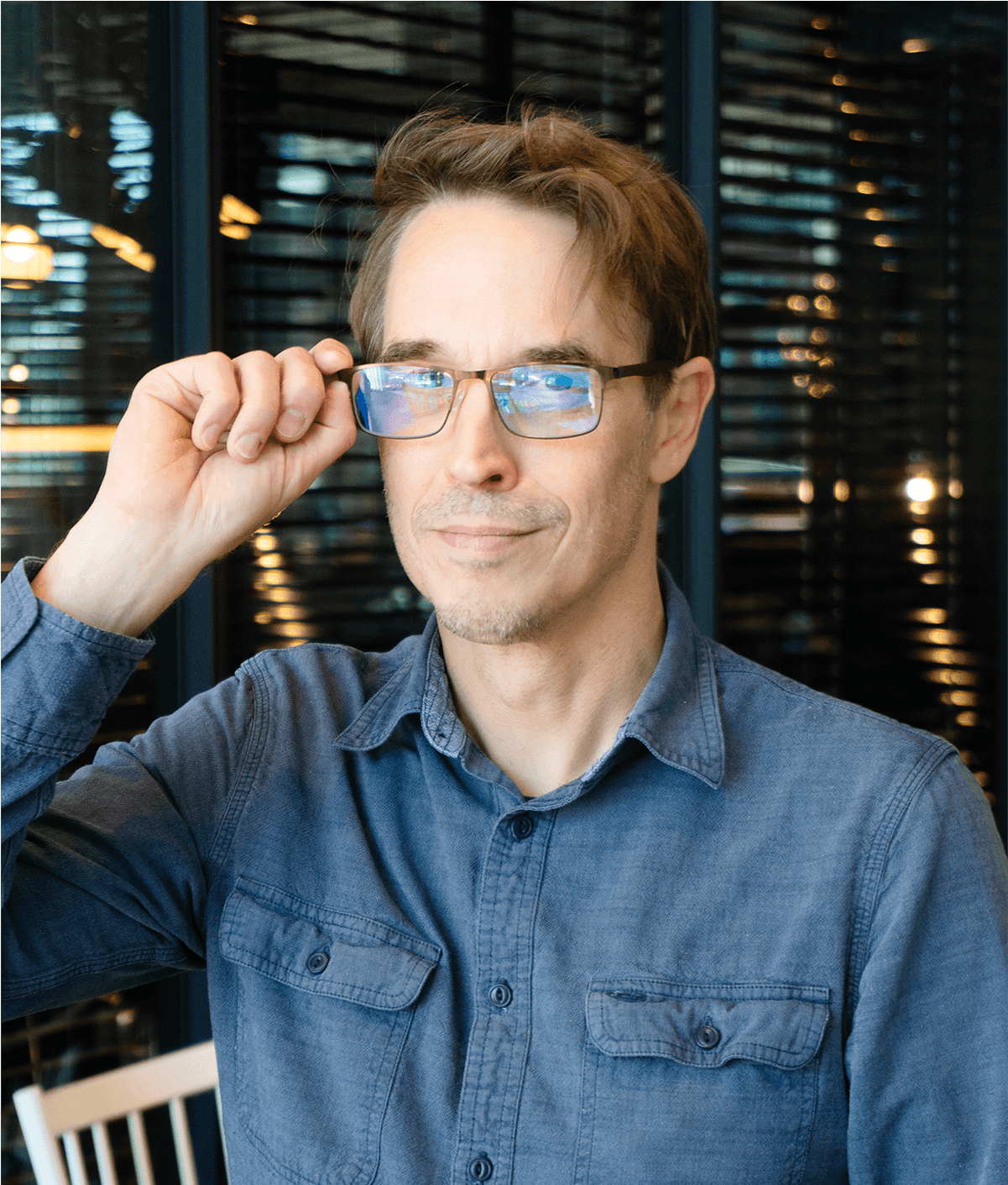
There is no getting around it, client work is demanding. For effective branding, clients and designers agree that they need to identify the most contemporary, and compelling images to represent their brand. They want shots that are unique and arresting, but also relatable and real enough to tell their brand’s story while resonating with a broad swath of customers. But not all clients have the budget to hire a custom photographer and the peripherals that come along with that service, such as specific talent or stylists for each and every project that they need.
Though brands may go out of their way in the beginning to create extensive and beautiful libraries of images for future use, they can never anticipate all the creative needs that can arise. Gaps will be inevitable and new work must be created, or found.
Often, agencies and freelance designers will turn to stock photography to help in the production of new assets, even though a certain amount of images are largely unusable. Given enough blood sweat and tears, though, quality images can be found, tweaked and otherwise modified to work with each other to cohesively tell the stories we want, in the way the brand intended. The process of locating the right image can be taxing though, and search engines aren't designed to handle the nuance of aesthetics beyond the basic tags photographers apply. Even if a request is more concrete, semantics can be a concern. A search for a “strong character,” for example, might produce a weightlifter, a determined person or a bold letter “A.”
Enter AI, 3D, and image data.
Now, realistic computer generated scenes are nothing new, but the level of realism that has been achieved in recent years is astounding. Just look at what is being done in movies and games these days. The rendering of light, the subtle dynamic of subsurfaces in skin, and even the inclusion of musculature and bone in some models has propelled the simulation of real life across the uncanny valley. Computing power has increased, allowing smaller investments to provide more complex results. The barrier to producing photorealistic work on a tighter deadline is falling. Sites like TurboSquid or CGTrader are providing the content that designers need in the form of 3D models and even entire premade scenes and characters to manipulate. Adobe offers Dimension, an application that allows you to set up a photo realistic interior environment and produce production-ready product shots, all from your desktop.
These methods all require very specific knowledge and skill to use 3D graphics applications, and not many people have the time or inclination to spend hundreds of hours to become proficient.
AI is changing that. Many are aware of the recent rise of deep fakes, or fake videos that have been altered using deep learning. These videos are produced using an original video of a person, machine learning, and a dataset consisting of many images and videos of a different person. Machine learning takes a look at all the angles and sections of the faces in the dataset and maps the best representations to the original face as is appropriate. This results in an often entirely believable replacement of one face for another. Deep fakes have been featured quite a bit in the news and have largely become common knowledge.
A far more recent and little known experiment with AI are generated photos. On this site, https://generated.photos/ you can find a gallery of hundreds of headshots of people that look entirely natural and unremarkable, and none of them are real. Everyone was created using a dataset of people’s headshots, whose faces served as the visual “seeds” that AI used to create all these new images from.
The smart people at Generated Photos give these photos away for free because they want creatives to use their images to see what the future brings. Imagine a new combination of technologies, with 3D worlds populated by posable “actors” who have been brought to life by deep learning from huge datasets that already exist, the increasingly vast gallery of stock photography images themselves.
